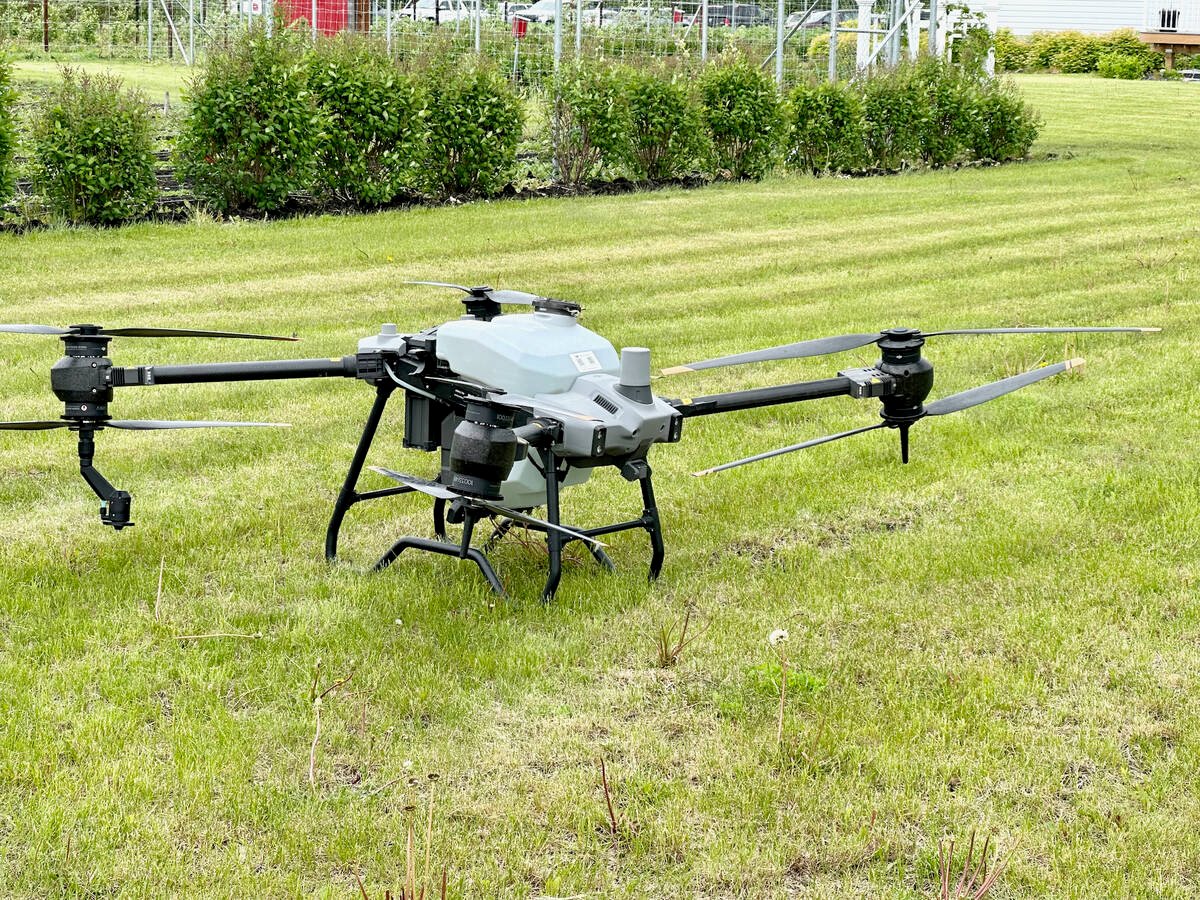Parched pastures, hay fields | Ontario producers donated hay bales to drought-stricken Alberta in 2002
In 2002, Ontario farmers donated thousands of hay bales to drought-stricken Alberta.
The tides have turned, and Dan Darling would like to see the favour returned as Ontario producers kick the dust in parched pastures and hay fields.
“If you guys have got lots of hay, it might be nice if you sent that,” said the cow-calf producer from southeastern Ontario.
Darling has 250 cows and backgrounds calves on 1,500 acres. His first cut hay yield was down considerably, but some rain fell Aug. 9, so he is optimistic his operation can hold on.
Read Also

Canadian Food Inspection Agency red tape changes a first step: agriculture
Farm groups say they’re happy to see action on Canada’s federal regulatory red tape, but there’s still a lot of streamlining left to be done
“We have started sowing oats for greenfeed later in the season.”
As president of the Ontario Cattlemen’s Association, he is hearing widespread reports of a poor corn crop, dried up pastures and no water. Some producers are talking about buying western grown barley.
He is hopeful the federal government will heed a recent provincial application for an assessment of support through the AgriRecovery disaster relief program. The provincial request was issued July 31 and takes 45 days to process.
“We’re hoping minister (Gerry) Ritz accelerates things for certain areas,” Darling said. “He doesn’t have to go far out of Ottawa to see the bad areas.”
Some areas are in better shape than others, but many pastures have stopped growing and hay yields are light. Some community pastures ordered cattle off because of lack of grass and water.
Producers have started feeding their cows on pasture. Seeking greener pastures is not an option for most, so another choice is selling the herd.
“Many guys don’t have enough feed for winter so they have already started liquidating their cows,” Darling said.
Last year was wet, but the weather changed and there was little snow cover or spring rain. Record heat exacerbated this summer’s drought throughout the province.
The price of hay has tripled. Good quality dairy hay is selling for 18 cents a pound to U.S. dairies. In normal years it was priced at six cents a lb.
Large bales that were trading at $30 each are now about $100.
Cow prices have backed off as more cows flood the market. Good cows are about 20 cents a lb. lower, which includes some cull dairy cows because that industry is also searching for more feed.
Another problem is the closure of the Levinoff-Colbex beef plant last May. It was the main cull cow packer for Ontario, Quebec and Atlantic Canada. More cows are now being exported, said Jamie Gamble of Canfax.
Producers were talking expansion earlier in the year, but those plans are on hold.
“With the prices going up the way they have, there have been people talking about expanding again. That certainly has hit the kibosh now with the lack of hay and pasture,” said Darling.
Canfax analysts in Ontario estimated the province has lost 20 percent of its cows since 2003.















